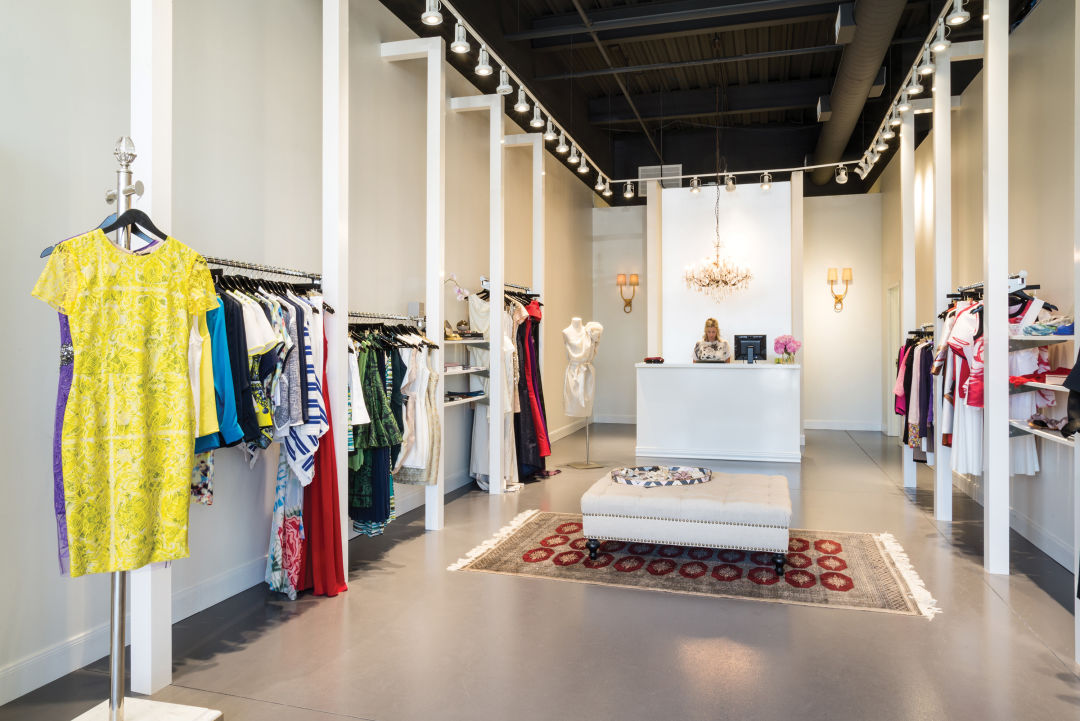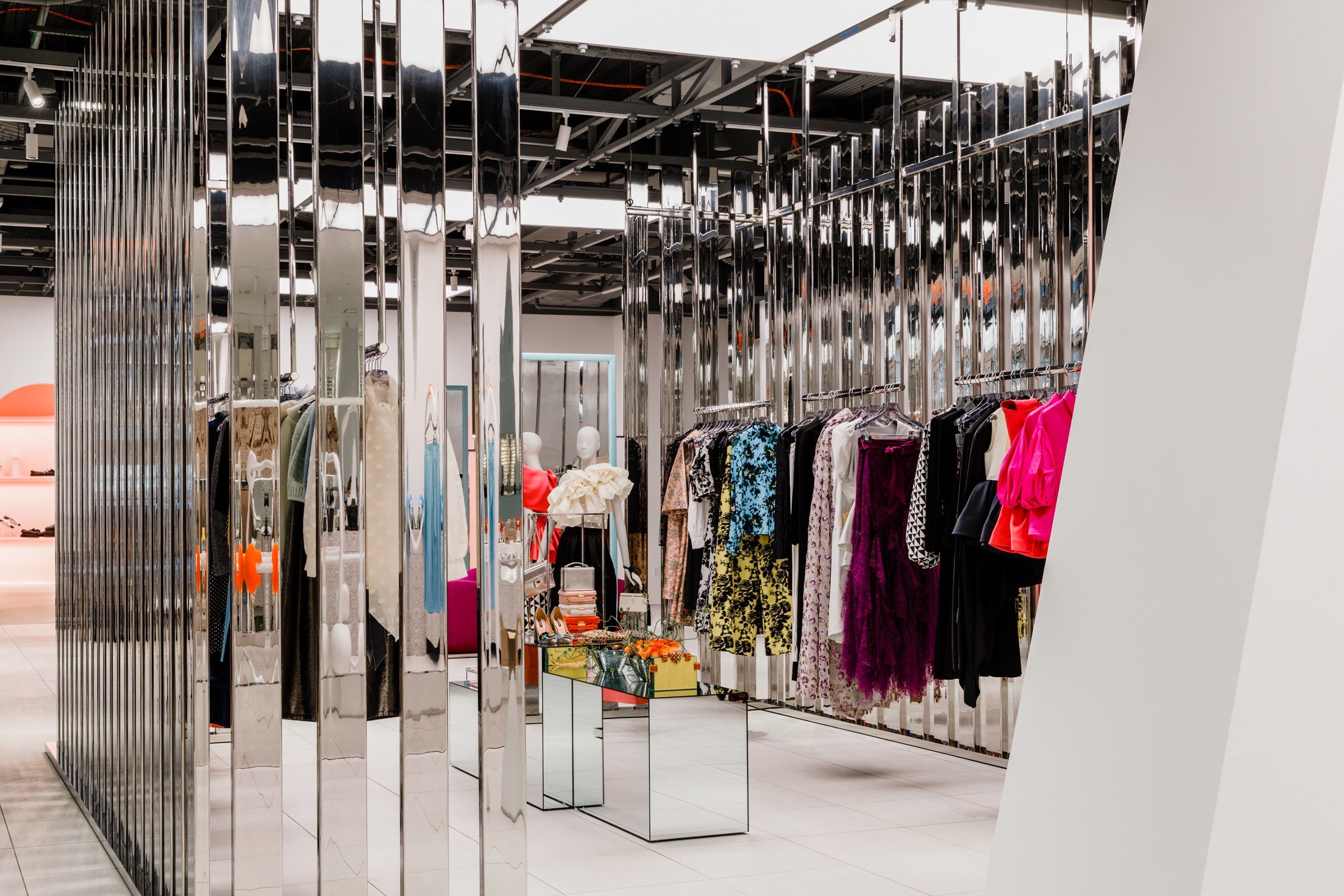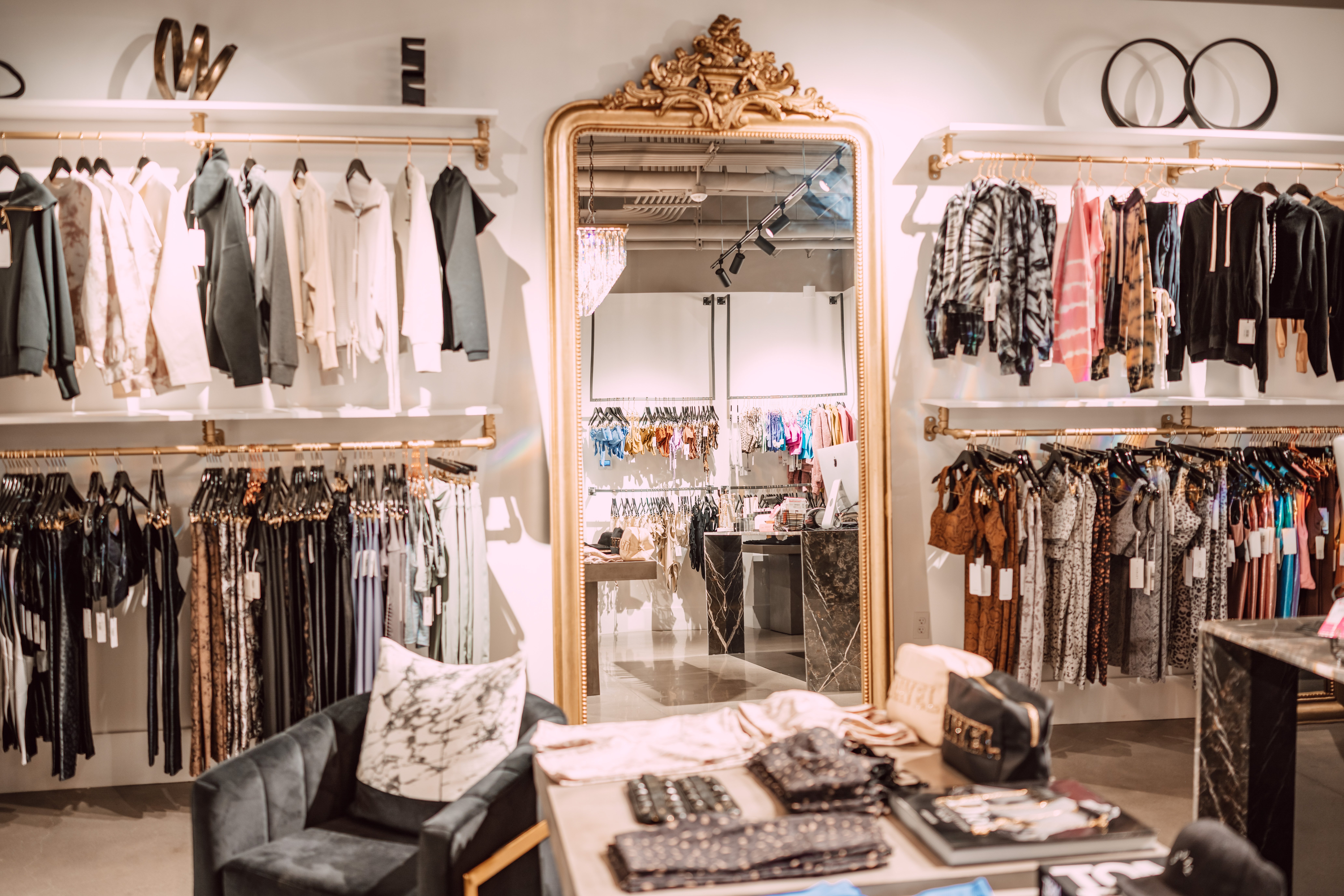Exploring the World of Sustainable Boutique Fashion Brands
Exploring the World of Sustainable Boutique Fashion Brands
Blog Article
Exploring the Development and Influence of Clothing on Modern Fashion Trends
The development of apparel has substantially affected modern-day fashion trends, merging historic criteria with cutting-edge developments. Famous numbers like Coco Chanel and Yves Saint Laurent revolutionized the fashion industry by introducing ideas that focus on convenience and availability, which remain to resonate today. Technical strides in locations such as 3D printing and wise fabrics are redefining style opportunities and customer experiences (boutique fashion). Additionally, the growing emphasis on inclusivity and sustainability is improving sector criteria. As we consider these complex impacts, one should wonder about just how these aspects collectively redefine fashion's function in reflecting and shaping contemporary society.
Historical Fashion Influencers
In the tapestry of fashion background, specific numbers have left an enduring mark, shaping the fads and styles that specify entire ages. Coco Chanel, a revolutionary developer, redefined women's style by presenting comfortable, stylish apparel that departed from limiting bodices.
Elsa Schiaparelli is one more crucial figure, renowned for her avant-garde designs that included surrealist art, working together with Salvador Dalí to develop whimsical pieces that tested standard appearances. Her innovative use shade and bold patterns reverberates in modern style. Yves Saint Laurent, meanwhile, democratized haute couture with prêt-à-porter collections, bringing path designs to the masses and setting a criterion for modern-day ready-to-wear lines.
These visionaries, among others, not only changed style in their times but also set withstanding fads that reverberate in today's fashion industry, offering a foundation whereupon contemporary developers remain to introduce and build. Their legacies underscore the significance of imagination and daring in fashion's ever-evolving narrative.
Technological Advancements in vogue
In the middle of the vibrant landscape of the garment industry, technological advancements stand at the leading edge of technology, improving exactly how designers produce and customers involve with style. The assimilation of 3D printing has actually reinvented layout procedures, allowing developers to trying out intricate frameworks and lasting materials that were previously impossible. This modern technology promotes fast prototyping, decreasing waste and speeding up production times.

Smart fabrics, embedding innovation right into fabrics, are additionally changing the market. Technologies like temperature-regulating and self-cleaning textiles provide boosted functionality and comfort. Wearable technology, integrating attributes like fitness monitoring and communication, adds a brand-new measurement to fashion, merging appearances with practicality.
Social Shifts and Style
As technological advancements remain to reshape the fashion market, cultural shifts are equally prominent, redefining style and consumer preferences. In the last few years, the rise of social media platforms has accelerated the circulation of international style fads, permitting varied social influences to assemble and exist together. This electronic interconnectivity has actually assisted in the rapid exchange of ideas, leading to an extra comprehensive and diverse interpretation of style that reflects the multifaceted nature of modern-day culture.
Cultural understanding and gratitude have motivated developers to draw inspiration from a wider spectrum of historic and ethnic contexts, integrating traditional concepts with modern looks. This combination has caused fashion that resonates with a bigger audience, promoting a feeling of identity and belonging throughout different demographics. Additionally, the boosting demand for customization has driven brands to supply adjustable options, allowing consumers to share individuality while mirroring their cultural heritage.
In addition, moving social values have actually affected style, with inclusivity and diversity coming to be find out central motifs. The industry has actually begun to embrace models and influencers of different physique, ethnic backgrounds, and sex identities, tough traditional elegance standards. This makeover have a peek here emphasizes the power of cultural changes fit the future of style, as design becomes a much more genuine expression of cumulative and personal identity.
Sustainability and Modern Layout
While the garment industry proceeds to develop, the imperative for sustainability has come to be increasingly urgent, influencing modern-day design methods. This change intends to deal with ethical factors to consider and ecological concerns, leading to a reevaluation of standard manufacturing methods. Developers are currently incorporating lasting materials, such as natural cotton, recycled polyester, and naturally degradable textiles, into their collections, decreasing the eco-friendly impact of style. The rise of sluggish fashion, which highlights top quality over quantity, motivates customers to purchase ageless items as opposed to transient trends.
Additionally, modern-day layout is characterized by its technology in minimizing waste and advertising circularity. Techniques such as zero-waste pattern cutting and 3D knitting are obtaining grip, allowing designers to develop garments with marginal fabric wastefulness. In addition, brand names are taking on transparent supply chains, ensuring liability and fostering customer count on. This method not just minimizes ecological effect however also improves the social responsibility of style homes.

Future Trends in Style

Sustainability will certainly continue to be a driving force in shaping future fashion fads. The market is significantly adopting environmentally friendly materials and ethical production techniques, reacting to a growing consumer demand for liable practices. Developments such as bio-fabricated products and closed-loop recycling systems are established to redefine how garments is produced and eaten, decreasing environmental influence while preserving design and quality.
Social shifts, including the surge of inclusivity and variety, will certainly additionally play a crucial function. As society ends up being extra aware of social concerns, style is anticipated to come to be a system for expression and change. Designers will likely concentrate on producing collections that reflect a wider variety of experiences and identities, championing depiction and ease of access.
Conclusion
The evolution of apparel significantly impacts modern fashion fads, where historic influences combine with modern styles. Key numbers like Coco Chanel and Yves Saint Laurent have redefined design, while technological technologies such as 3D printing and clever fabrics increase imaginative opportunities. Social changes towards inclusivity and sustainability oblige brands to embrace moral methods and accept diversity. This recurring development emphasizes style's function as a mirror to social worths and technological innovation, recommending a future abundant with advancement and inclusivity.
The evolution of clothing has considerably influenced modern fashion patterns, combining historical criteria with innovative advancements.In the middle of the vibrant landscape of the fashion industry, technical advancements stand at the forefront of development, reshaping just how designers produce and customers engage with fashion.While the style market continues to advance, the essential for sustainability has actually ended up being significantly urgent, influencing modern style methods. As sustainability ends up being embedded in modern layout, it paves the method for a much more conscious and responsible style market.
The development of clothing significantly affects modern fashion patterns, where historic impacts combine with modern layouts.
Report this page